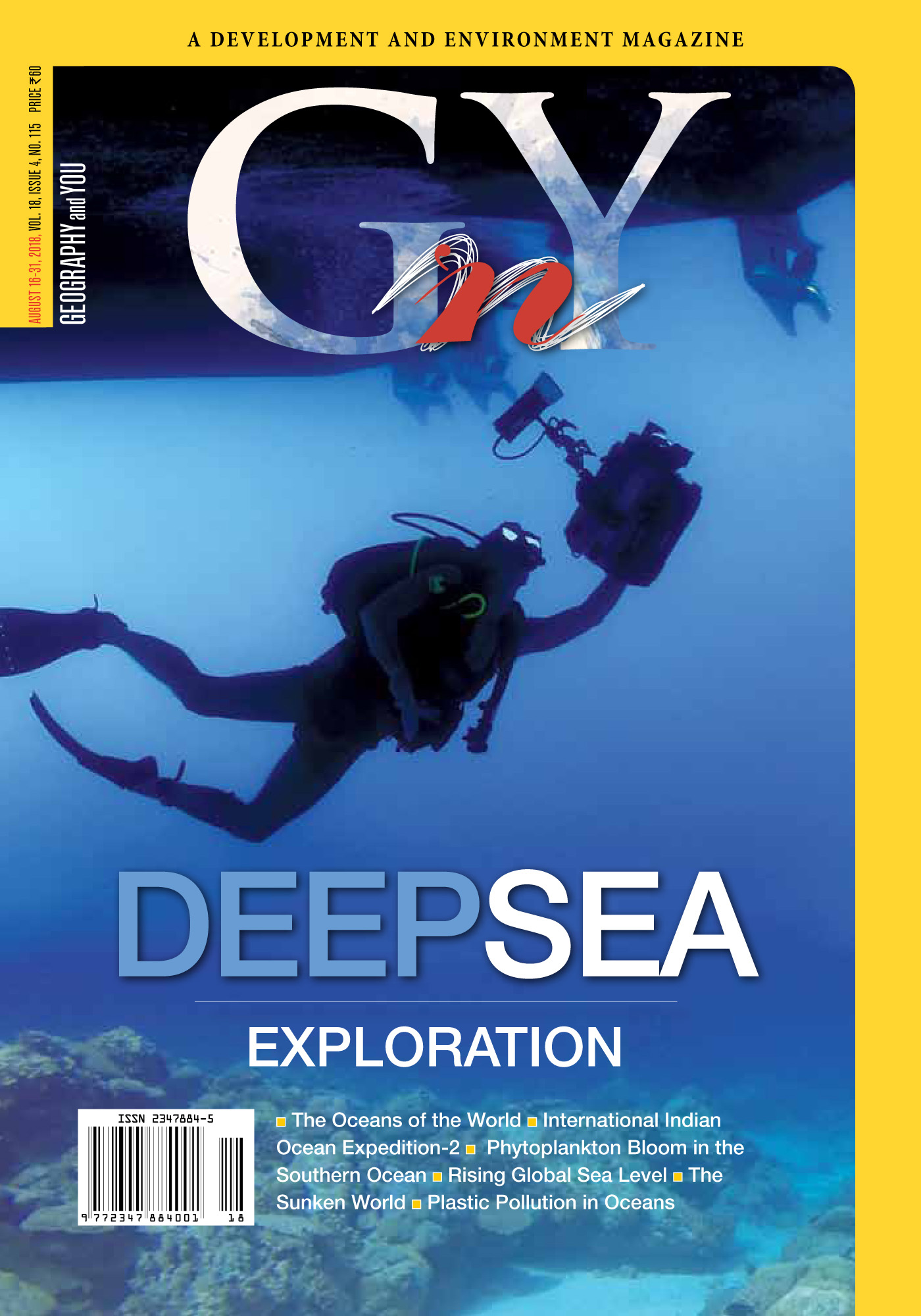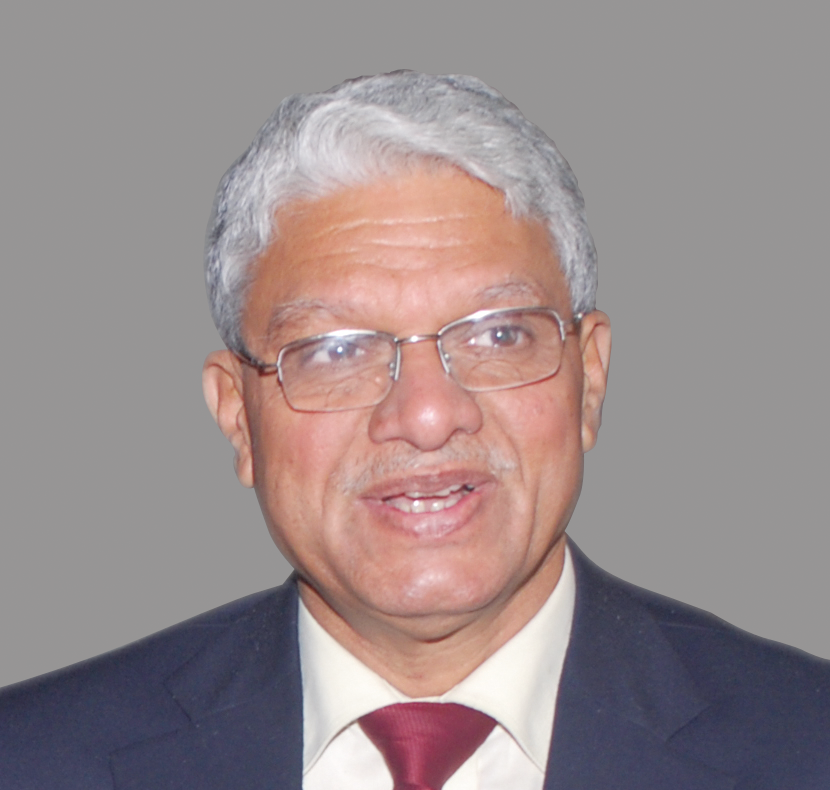
Expert Panel

Former Chairperson, National Biodiversity Authority, Chennai.

Air Vice Marshal (Retd) Former DG, India Meteorological Department (IMD), New Delhi

Geologist and Secretary General, 36 IGC, New Delhi.

Former Professor, CSRD, Jawaharlal Nehru University, New Delhi.

Former Vice Chancellor, MG Kashi Vidyapeeth, Varanasi

Former Member Secretary, Central Pollution Control Board, New Delhi.

Former Professor, Jawaharlal Nehru University, New Delhi

Chief Executive, ACRA, Noida, Uttar Pradesh.
Inside this issue
Deep Sea Exploration
Oceans play a major role in the hydrological cycle, moderate the climate and act as the primary sink for carbon dioxide. The complex bathymetry of ocean beds, with long mountain ranges, mounds, volcanic craters and marine sediments, have been revealed by deep sea exploration.
The Second International Indian Ocean Expedition (IIOE, 2015-2020) built on the legacy of the first IIOE-1 (1959-65) seeks to advance our understanding of the dynamics of the Indian Ocean and allied scientific issues.
Observations in Polar Regions are essential for understanding changing climate. This article provides insights into how a floating laboratory—the Polar Research Vessel, is designed and built to meet the mission requirements of scientific users.
Observational data on sea level rise, available since 1870, shows a constant rise. The multiple causes responsible for it have been traced to rising global temperatures, melting of land-based ice in all the Polar Regions, including Himalaya and the thermal expansion of ocean water etc.
Phytoplankton constitute the primary link in the food web of marine life and are a provider of oxygen. Satellite observations using remote sensing data has proved useful in identifying pockets of phytoplankton bloom, especially in the Southern Ocean.
The growing menace of pollution, especially plastic is threatening many fragile ecosystems—be it the natural flow of rivers, surface drainage or marine life. The article explores the problem and the consequential damage arising out of dumping about 5 to 13 million tonnes of plastic into the ocean each year.
The undersea world, besides being a hub of bubbling marine biodiversity, cradles a unique realm of buried rivers, ridges, mountain ranges, volcanic craters, and even remnants of settlements. The fluctuating sea levels have swallowed several coastal cities world over, the evidences of which are coming to light gradually.
Resources of the Deep
Deep-sea exploratory surveys have added several new species to the biodiversity of the Indian icthyofauna. These surveys have also identified new fishing grounds besides quantifying the resource potential of previously unexploited fishes such as the myctophids and oceanic squids.
IN CONVERSATION WITH
Satheesh C Shenoi, Director, Indian National Centre for Ocean Information Services (INCOIS) and Chair, Expert Group, IIOE-2 speaks with the Editor about the exploratory work undertaken under the International Indian Ocean Expedition-2.
In brief
Environment at sea depth greater than 3000 to 4000 m is marked by the absence of sunlight, extreme temperatures and high barometric pressure—conditions that were earlier thought unfavourable for the survival of marine organisms. However, recent research has revealed that extensive and varied l
Rarely would a child draw a menacing ocean, with dark clouds, swirling winds and palm trees bent in half. Oceans for eons have suffused us with images of placid sapphire orbs with bright yellow sunshine, where all one could wear were bright pink flip-flops and green leaf patterned shirts. But that i
Oceans are an integral constituent of the coupled earth system that has atmosphere and earth as the two other components. Apart from modulating the climate world over, the oceans play a significant role in carbon sequestration and producing enough oxygen through phytoplankton for inhabitants of the

